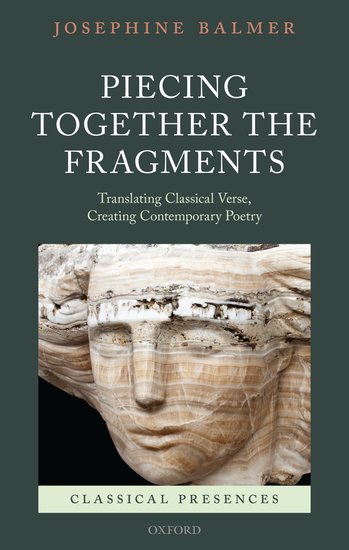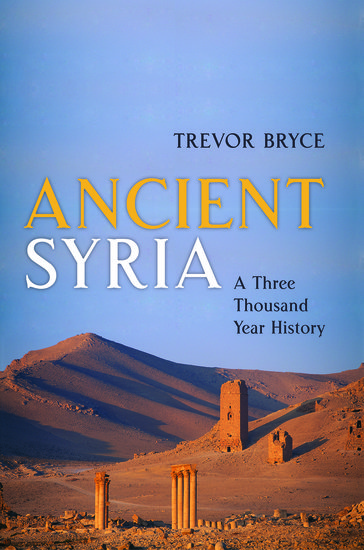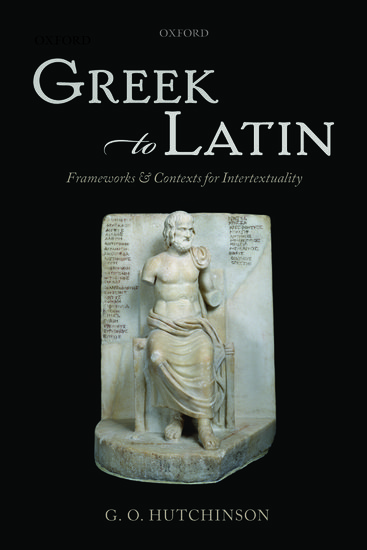Love: First sights in Ovid
By Jane Alison
Among the myriad transformations in Ovid’s Metamorphoses—transformations of girls to trees or stars, boys to flowers or newts, women to rivers, rocks to men—the most powerful can be those wrought by erotic desire. Woods, beaches, and glades in Ovid’s poem are ecologies of desire and repulsion: one character spots another through the trees, and you can almost see the currents of desire flow as one figure instantly wants what he sees—and the other starts running away.









